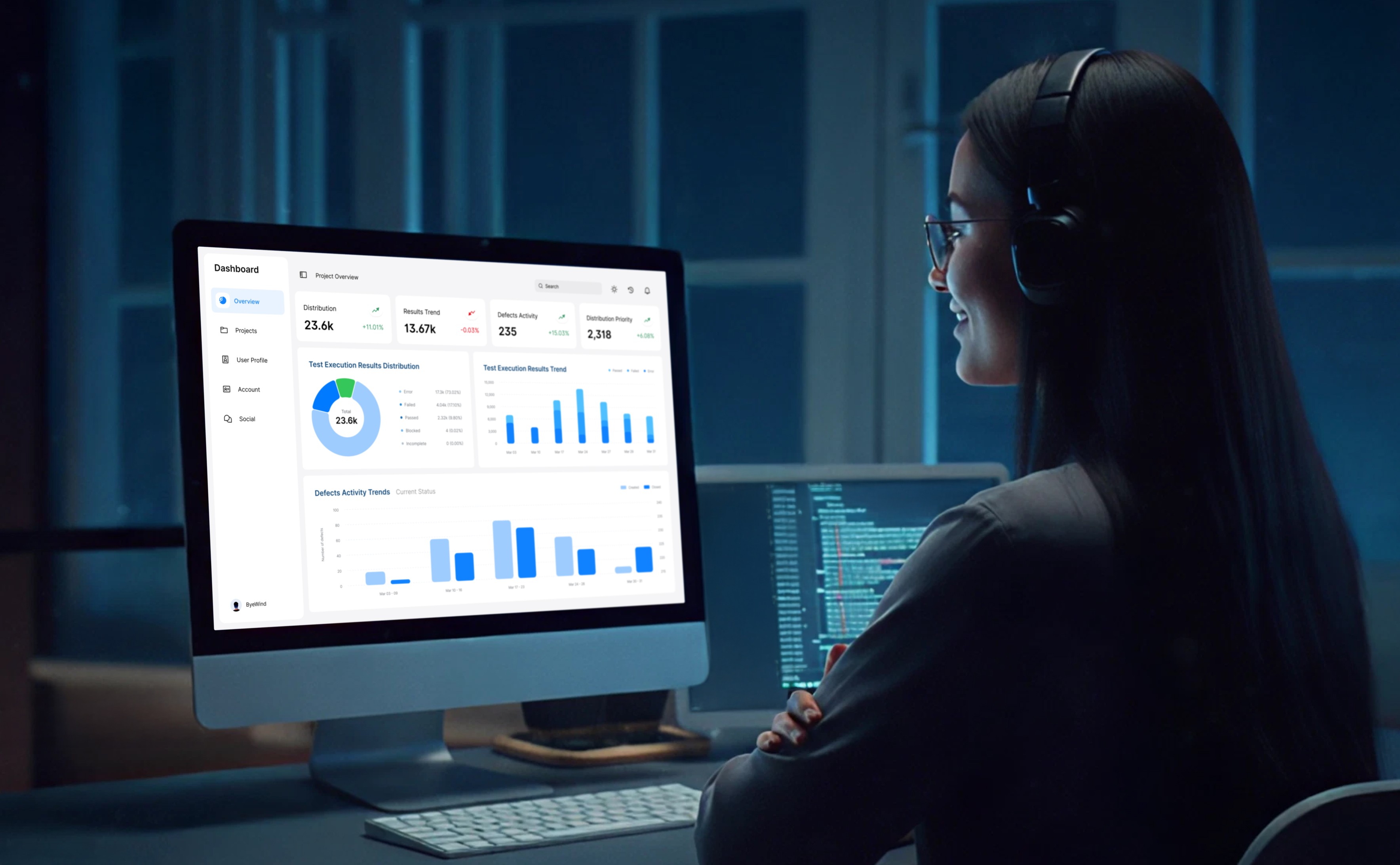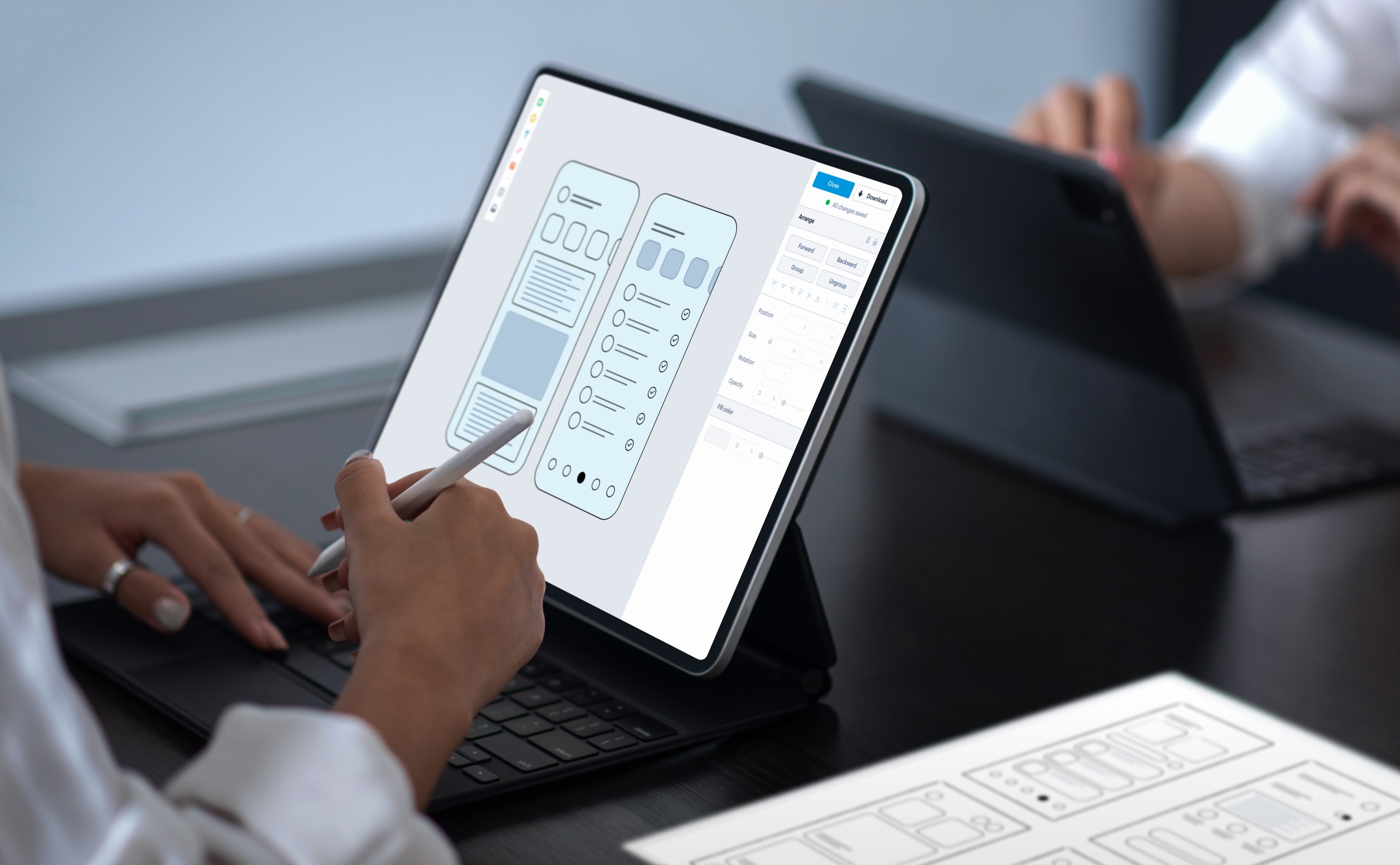Top 17 Features Of Python You Must Know in 2026

Python, a versatile programming language, has experienced significant growth in popularity since its inception.
Python was developed by Guido van Rossum in 1991 to create a readable and efficient programming language. Over the years, it has evolved from a niche tool to one of the most widely used programming languages globally.
Today, Python's influence spans multiple sectors:
- Web Development: Building websites and web applications
- Data Science: Analyzing and interpreting complex data sets
- Automation: Streamlining repetitive tasks and processes
- Artificial Intelligence: Developing machine learning models and AI applications
- Scientific Computing: Python, with libraries like SciPy, enables complex scientific computations and simulations.
- Finance: Python's data analysis capabilities support financial tasks like algorithmic trading and risk management.
- Game Development: Python is used in game development for scripting and prototyping, though less commonly than in other fields.
The widespread adoption of Python across these diverse fields has contributed to its current status as a fundamental tool in modern software development. Read on to know more about the top features of Python.
Python At A Glance
Before understanding the specific features of Python, it's important to understand its core characteristics:
- Dynamic Language: In Python's programming paradigm, type determination occurs during program execution, a feature known as dynamic typing. This approach allows variables to adopt different types as the code runs. This feature of Python programming allows for more flexible and concise code.
- Free and Open-Source: Python is freely available and can be modified or distributed by anyone. This openness has fostered a large and active community that continually improves the language and its ecosystem.
- High-Level Language: Python abstracts many low-level details, making it more accessible to programmers. This abstraction allows developers to focus on solving problems rather than managing system resources.
- Object-Oriented: While supporting multiple paradigms, Python excels in object-oriented programming. This paradigm allows for the creation of modular, reusable code.
- Interpreted Language: Python code is executed line by line by the Python interpreter, rather than being compiled ahead of time. This allows for rapid development and easier debugging.
Python's design philosophy emphasizes code readability and simplicity, as outlined in "The Zen of Python" by Tim Peters. This document, accessible by typing import this in a Python interpreter, provides guiding principles for Python's design, including:
- Beautiful is better than ugly.
- Explicit is better than implicit.
- Simple is better than complex.
- Complex is better than complicated.
- Readability counts.
These principles have shaped Python's development and contributed to its widespread adoption. The balance of simplicity and power has made Python appealing to both novice and experienced programmers, contributing significantly to its growth in the programming community.
What Are the Key Features of Python Programming?
Now let's look at the main characteristics of Python that make it so useful. We'll go through each one and explain what it means in simple terms.
1. Python Is Easy to Learn and Use
One of the best features of Python is that it's easy to learn. The way you write Python code is a lot like how you'd write instructions in English. This makes it easier for beginners to understand what's going on. Here's a simple example: print("Hello, World!")
This line tells the computer to show the words "Hello, World!" on the screen. It's that simple!
Moreover, Python's extensive documentation and supportive community make learning resources readily available. From official tutorials to community-driven platforms like Stack Overflow, learners can find answers to their questions and guidance for their coding journey.
2. Python Is a Dynamically Typed Language
This is a fancy way of saying that in Python, you don't have to tell the computer if you're using a number, a word, or something else. Python figures it out on its own. This feature of Python programming saves time and makes the code easier to write. For example:
x = 5 # Python knows this is a number y = "Hello" # Python knows this is a word
3. Python Is Multi-paradigm
This means Python supports different styles of programming. You can use it for:
- Writing simple, step-by-step instructions
- Making reusable pieces of code (called functions)
- Organizing code into objects (object-oriented programming)
This flexibility is a key feature of Python programming language that makes it useful for many different kinds of projects
4. Python Has a Large Community Support
Lots of people use Python, which means there's a big community of Python users out there. If you have a question or run into a problem, chances are someone else has had the same issue and can help you out. This support is really valuable, especially for beginners.
5. Python Is Free and Open Source
You can download and use Python without paying any money. Also, because it's open source, anyone can look at how Python is made and suggest improvements. This has helped Python grow and get better over time.
6. Python Is Compatible with Data & AI
This is a really important feature of Python. Python has become the go-to language for data science, artificial intelligence, and machine learning. Its extensive libraries and frameworks, such as NumPy, Pandas, TensorFlow, and PyTorch, make it ideal for these fields. Python's simplicity and versatility have led to its widespread adoption in AI and ML projects across various industries.
According to the Stack Overflow Developer Survey, 2023, Python is used by 45.32% of data scientists and machine learning developers, making it the most popular language in these domains. Its compatibility with big data technologies and cloud platforms further enhances its position in the AI ecosystem. Python's ability to handle complex calculations, process large datasets, and implement advanced algorithms has made it an indispensable tool for AI researchers and practitioners.
Major tech companies like Google, Facebook, and Netflix rely heavily on Python for their AI and ML initiatives. For instance, Google's TensorFlow, one of the most widely used machine learning libraries, is primarily written in Python. This widespread adoption in industry and academia has created a rich ecosystem of tools and resources, making Python an excellent choice for anyone looking to enter the field of AI and machine learning.
Want to Power Your Business with AI?
Get StartedLoading...
7. Python Is an Object-Oriented Programming Language
Object-oriented programming is a way of organizing code that many programmers find helpful. It lets you group related data and the things you want to do with that data together. This can make big projects easier to manage. Python is good at this kind of programming.
8. Python Has GUI Programming Support
GUI stands for Graphical User Interface. It's what lets you interact with a program using things like buttons, menus, and windows instead of just typing commands. Python has tools that let you create these kinds of interfaces for your programs.
9. Python Is a High-Level Language
We mentioned this earlier, but it's worth explaining more. Being a high-level language means Python takes care of a lot of complicated stuff behind the scenes. You don't have to worry about managing the computer's memory or other low-level details. This lets you focus on solving problems instead of dealing with technical details.
10. Python Has an Extension Feature
This feature of Python lets you add capabilities to the language by using code written in other languages like C or C++. This can be useful if you need to do something that Python might be slow at, or if you want to use code that's already written in another language.
11. Python Is a Portable Language
Portable means you can use it on different types of computers. If you write a Python program on a Windows computer, you can usually run the same program on a Mac or a Linux computer without changing anything. This makes it easy to share your programs with other people.
12. Python Has a Large Standard Library Support
When you download Python, it comes with a lot of pre-written code (called libraries) that you can use right away. This is like getting a big toolbox along with your language. These tools help you do many common tasks without having to write all the code yourself.
13. Python Uses Dynamic Memory Allocation
This is a technical term that means Python takes care of managing the computer's memory for you. You don't have to tell Python to set aside memory when you need it or to free up memory when you're done. Python handles all of this automatically.
14. Python Has an Interactive Mode
Python has a feature where you can type in commands one at a time and see the results right away. This is really helpful when you're learning Python or when you want to test out a small piece of code quickly.
15. Python Has Good Database Support
If you need to store large amounts of information (like for a business), Python can easily work with different types of databases. This makes Python a good choice for programs that need to keep track of lots of data.
16. Python Uses Automatic Garbage Collection
This is another technical term. It means Python automatically cleans up and frees memory that's not being used anymore. This helps prevent problems that can happen when a program uses too much memory.
17. Python Is Integrated
Python can work well with other programming languages. This means you can use Python alongside other languages in big projects. This flexibility is another reason why many businesses like using Python.
These features of Python language all work together to make Python a really useful tool for all kinds of programming tasks.
Want to Transform Your Business with Python?
Reach out to usLoading...
Bottom Line
The features of Python discussed above demonstrate its versatility and power in the world of programming. Its ease of use, extensive library support, and compatibility with technologies like AI and data science make it an invaluable tool for businesses and developers alike.
Python's strengths are particularly evident in:
- Rapid application development
- Data analysis and visualization
- Machine learning and AI implementation
In conclusion, Python's combination of simplicity, power, and versatility makes it a valuable asset in today's technology-driven world. As the digital landscape continues to evolve, Python's adaptability and strong community support ensure its relevance for years to come. Whether you're a business owner looking to innovate or a developer seeking to expand your skillset, understanding and leveraging Python features can open up a world of possibilities in software development and data science.
For businesses looking to leverage Python's capabilities, partnering with a Python development company can be beneficial. These companies specialize in developing Python's features to create tailored solutions for various business needs. At WAC, we offer comprehensive Python development services to help businesses capitalize on Python's strengths. Whether you need a custom web application, a data analysis solution, or an AI-powered tool, our team of experienced developers can help bring your vision to life. Contact us right away for more details. Looking to hire Python programmers? WAC offers experienced professionals to deliver custom, high-quality Python solutions for your needs. Contact us right away for more details.
- Bagging vs Boosting in Machine Learning
- Building Scalable and Secure Python Microservices
- FastAPI for Scalable Microservices: Architecture, Optimisation, and Best Practices
- Web Development with Python: An Ideal Choice for Scalable Web Applications
- Top Advantages, Disadvantages and Limitations of Python Programming
Discover Digital Transformation
Please feel free to share your thoughts and we can discuss it over a cup of tea.









